Most mammals do not have the ability to regenerate and recover as quickly as fish, amphibians, reptiles or worms…
After injury, some flatworms, fish, or lizards can regenerate almost every cell in their bodies. For example, the Mexican axolotl can regenerate an entire lost limb and part of its brain. Lizards can grow a new tail. Zebrafish can regenerate a damaged spinal cord.
Scientists have focused on the regenerative abilities of animals to try to find treatments for humans at the cellular level, thanks to advances in genetic technology or cell structure...
Several research teams presented their latest findings at the International Society for Stem Cell Research conference in Hong Kong last week, offering ideas for treating human diseases based on the regenerative abilities of animals.
The ability of zebrafish spinal cord regeneration
A zebrafish with a severed spinal cord can go from being paralyzed to moving smoothly and fully recovering after eight weeks, according to Dr. Mayssa Mokalled, an expert in tissue regeneration and stem cell biology, and colleagues at the University of Washington, Missouri (USA).
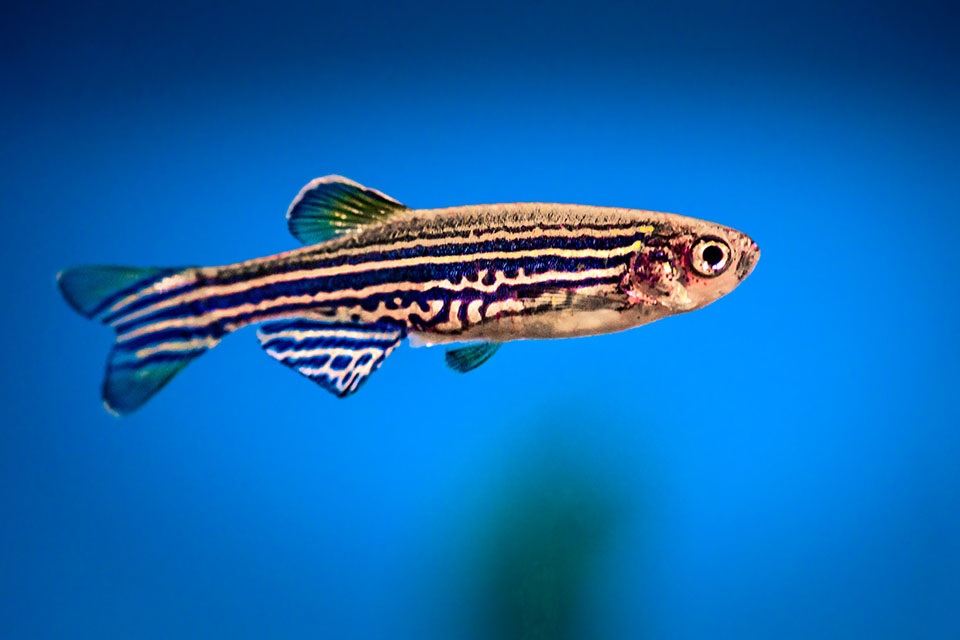
Zebrafish have the ability to regenerate damaged spinal cords (Photo: Britannica).
Accordingly, Mayssa Mokalled and colleagues discovered a group of cells in zebrafish that play an important role in the recovery process and these cells are similar to human fetal astroglial cells.
These astroglial cells may be involved in the repair and regeneration of human brain tissue after injury, as well as playing an important role in the formation and maintenance of the blood-brain barrier, which helps control which substances are allowed to enter the brain, protecting the brain from toxic substances.
In their studies, Dr. Mayssa Mokalled's team transplanted modified human astroglial cells into mice, and these cells were more effective at creating a protective barrier for the brain.
“I would love to see this translated into a human therapy,” Dr. Mokalled commented, but acknowledged that this is still early research.
The lizard's ability to regrow its tail
Dr. Mayssa Mokalled's research is still in its infancy, and the evolutionary gap between zebrafish and humans is huge.
Stem cell biologist Albert Almada and colleagues at the University of Southern California (Los Angeles, USA) studied the tail regeneration ability of the green lizard Anolis.
Lizards and humans share many similar genes, so the team hopes to find treatments similar to the process that regrows tails, says Albert Almada.
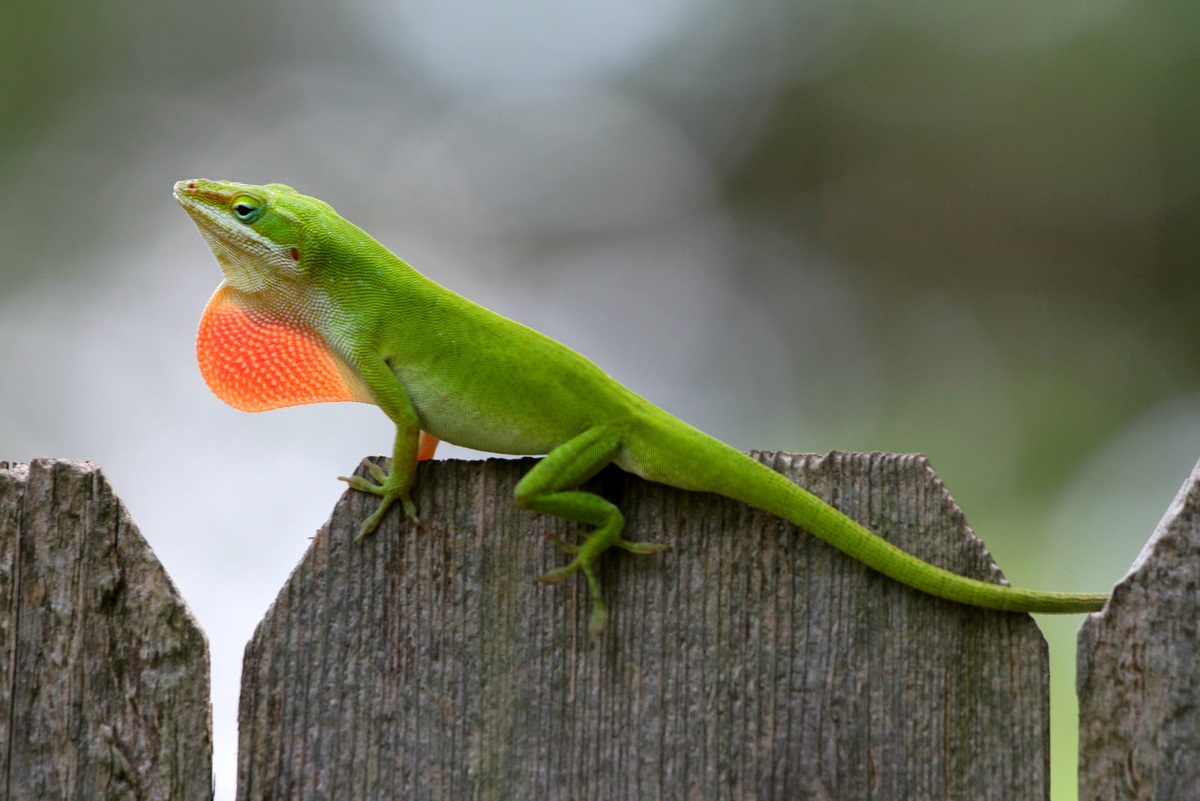
Green Anolis lizards have similar genes to humans (Photo: iNaturalist).
At the conference, Almada described how a group of stem cells were responsible for regenerating the tail of the Anolis lizard. These cells are similar to those found in mice and humans, except that the lizards have the ability to generate muscle tissue from scratch to regenerate a lost tail, something that humans and mice cannot do.
Still, Almada hopes to figure out how the lizard's cells work during tail regeneration, which could be applied to treatments for human muscle-related diseases such as age-related muscular degeneration or to help wounds heal more quickly.
The Super Resilience of Marine Feather Worms
Florian Raible, a stem cell biologist at the University of Vienna (Austria), is studying the super-recovery ability of another animal, the marine bristle worm, Platynereis dumerilii.
The special feature of the marine ciliate worm is that it has a very good ability to regenerate when young, but gradually loses the ability when it reaches adulthood due to hormonal changes.
“This is a model that shows both good regeneration and poor regeneration in the same organism,” said Florian Raible.

Sea worms have the ability to regenerate damaged bodies at super speed (Photo: CNRS).
In their experiments, Raible and colleagues cut open the bodies of ciliated sea worms and found that some of the cells left near the wound would turn into stem cells and begin regenerating the body, including neurons.
The nervous system of the ciliated worm has similarities to the central nervous system of vertebrates, leading scientists to hope that it can help find solutions to treat spinal cord injuries in humans.
Scientists also hope that studies of sea ciliates can help them find a way to regenerate stem cells from adult human tissue.
“There is a big effort now to study the super-healing abilities of animals and see how we can translate those findings,” Albert Almada shared.
Source: https://dantri.com.vn/khoa-hoc/kha-nang-tai-tao-cua-dong-vat-mo-ra-co-hoi-chua-benh-cho-con-nguoi-20250626025239694.htm



![[Photo] General Secretary To Lam receives Australian Ambassador to Vietnam Gillian Bird](https://vphoto.vietnam.vn/thumb/1200x675/vietnam/resource/IMAGE/2025/6/26/ce86495a92b4465181604bfb79f257de)

![[Photo] Candidates take the first graduation exam with the new Literature topic](https://vphoto.vietnam.vn/thumb/1200x675/vietnam/resource/IMAGE/2025/6/26/dfded9e317554c25a3e26defe672ebb7)


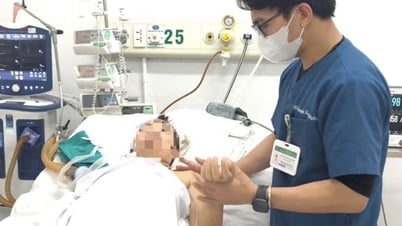







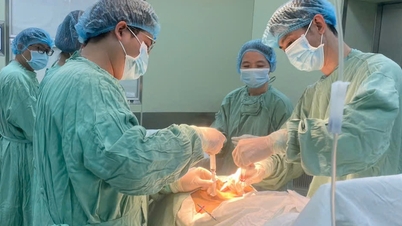

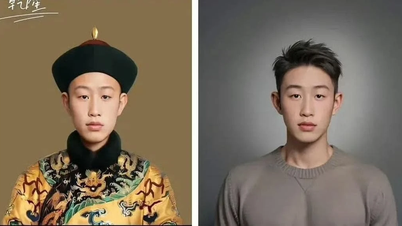






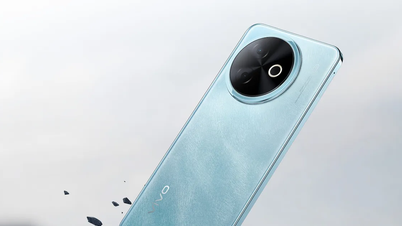

























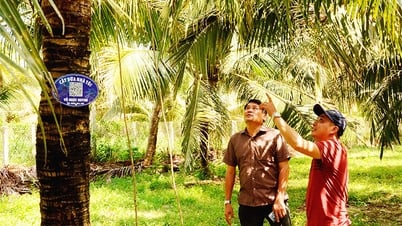













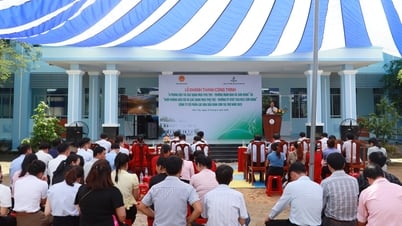









































Comment (0)